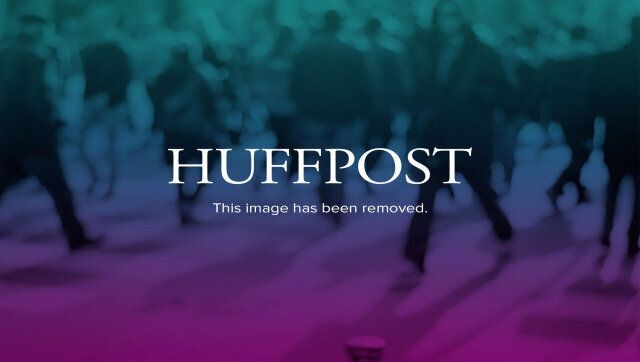
Working in a start-up brings a number of challenges, beyond building your own desk (previous job) and being able to make delicious smoothies (current job). One of the biggest challenges is building a skill base in a role without relying on in-house training, because although your team will always be happy to provide support, their time is always at a premium.
To manage for this, a proactive approach to learning is key. Those working in start-ups will be familiar with the practice of skimming tens of blogs looking for one that will sprout some crucial insight, or answer an important question that you have spent days wrestling with.
For most tasks this process is all you need; with basic web development stuff, you face a problem, learn the skill, test it, and subsequently find out whether what you applied worked. But for other assignments it can be more challenging, namely when there isn't an immediately measurable outcome. One such area is PR outreach. Getting in touch with journalists is a skill which can make or break your business, but for the unskilled practitioner can be an impossible task.
The task is like applying for jobs, you send out hundreds of emails waiting for replies, and if nothing comes back you don't know whether it was the story you told, the email you sent, or the product you sell that failed to inspire.
Getting this form of communication right can be challenging even for those of us who have worked in a PR role for a while and have had success building relationships with press and getting our story heard. Therefore tools that give you real practical tips on improving communication skills should always be welcomed.
Thus it was with great intrigue that I signed up to a PR course tailored to start-ups and the specific challenges we face. The course is taught by Erica Swallow who writes for Forbes and has a wealth of experience writing about the tech industry. The sessions provide real examples of how one's peers are communicating with the chaps who could make or break even the best funded or "hottest" start-up. Ticking through the examples, she set out the full aisle of communications she receives; there is the hopeless spam, the OK-but-only-because-I-wasn't-more-busy pitch, right through to the perfect, press inducing, column filling, paper selling outreach email.
Seeing these real examples of what types of emails work along with the accompanying explanation by Erica is a business saver. For the uninitiated, press outreach can feel a bit hopeless, with emails being sent out with about as much hope as those glass bottles sent from desert islands. Using the practical tools provided in Erica's 101 you'll see a shift in responses received and soon enough your emails will take the form of a well-dressed, shoes polished FedEx man, who strides confidently through the open door of the Editor's now welcoming office.